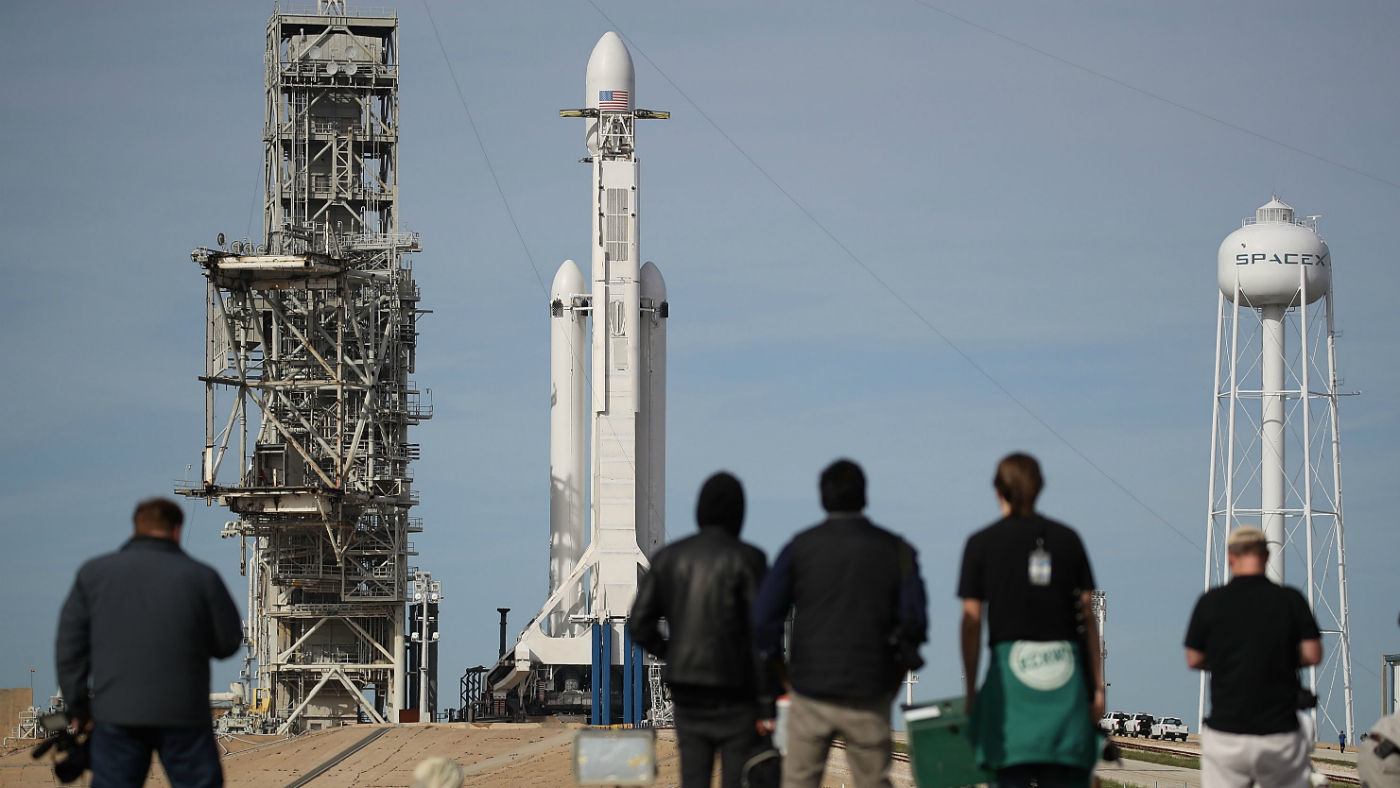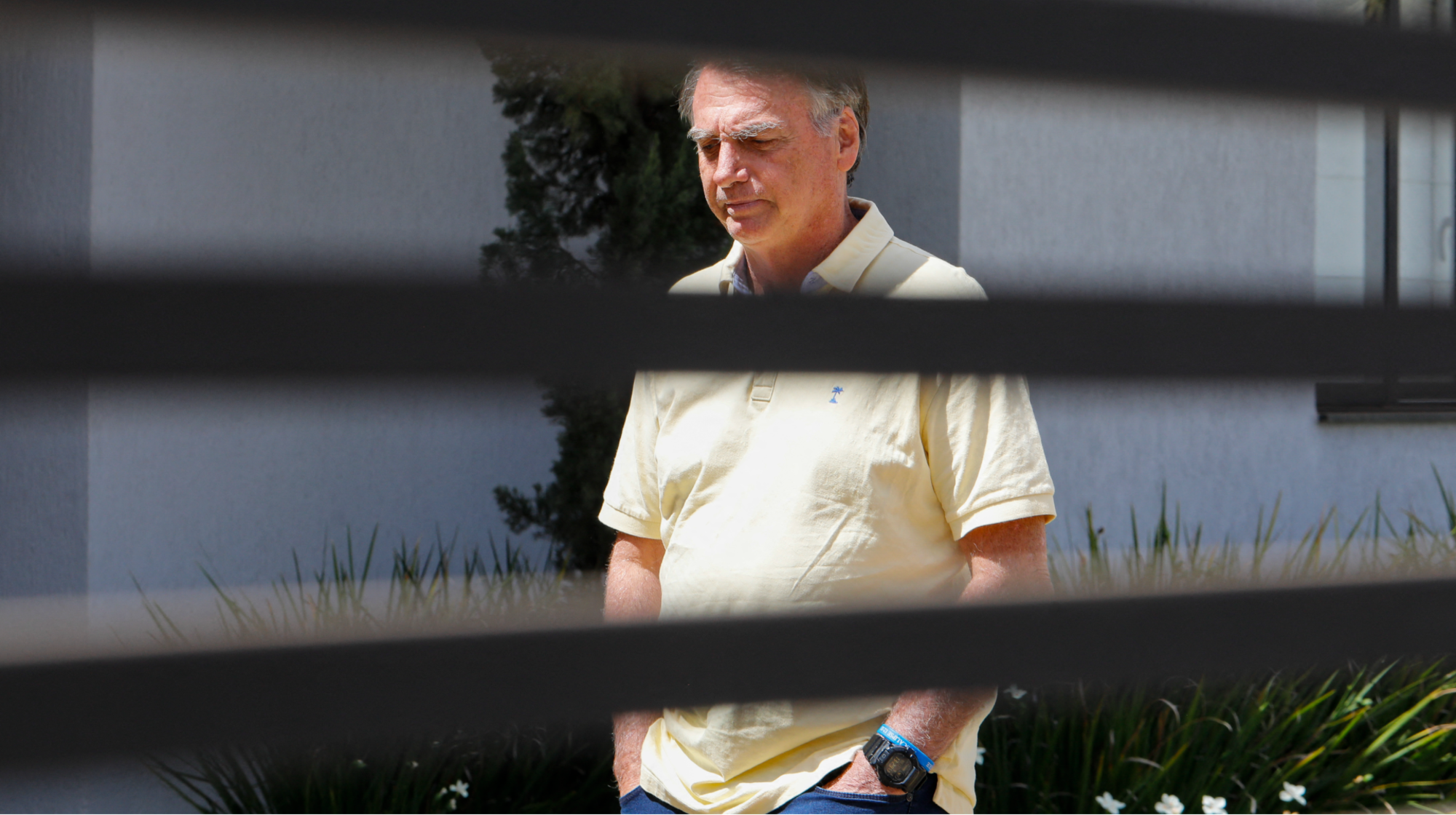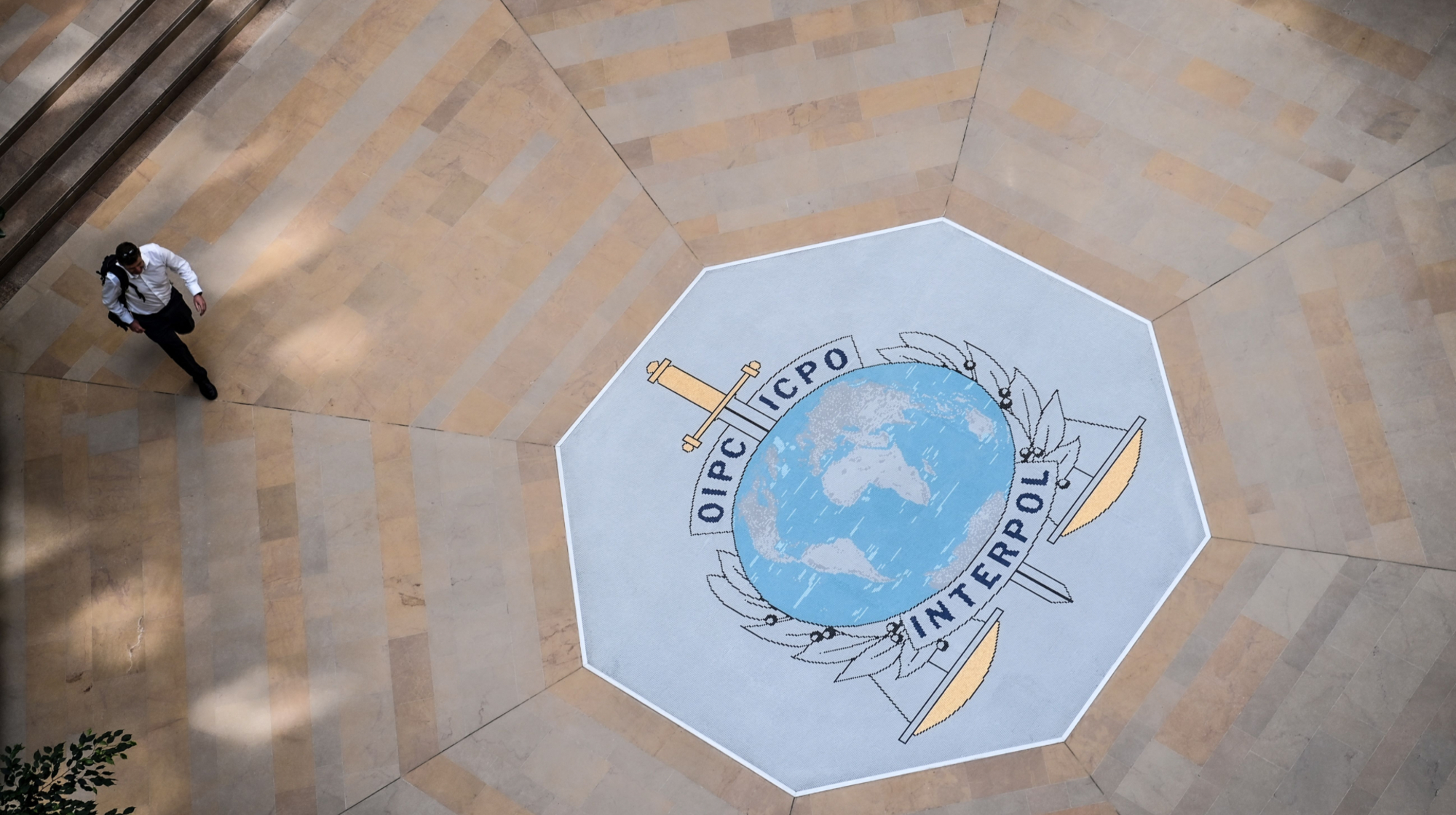Falcon Heavy: five fast facts about Elon Musk’s SpaceX rocket test
World’s most powerful rocket set for launch in Florida today

Elon Musk’s private space company SpaceX is due to launch its Falcon Heavy rocket later today at the Kennedy Space Center in Florida.
The most powerful heavy-lift orbital rocket in history is scheduled to lift off at 1:30pm local time (6:30pm GMT), although that could be delayed by several hours for technical reasons.
“People [have come] from all around the world to see what will either be a great rocket launch or the best fireworks display they’ve ever seen,” Musk told CNN.
The Week
Escape your echo chamber. Get the facts behind the news, plus analysis from multiple perspectives.

Sign up for The Week's Free Newsletters
From our morning news briefing to a weekly Good News Newsletter, get the best of The Week delivered directly to your inbox.
From our morning news briefing to a weekly Good News Newsletter, get the best of The Week delivered directly to your inbox.
Here are five fast facts about the Falcon Heavy:
The rocket has 27 Merlin engines
The Falcon Heavy is powered by 27 Merlin engines - three times the number of engines in a Falcon 9 rocket - which generate a total five million pounds of thrust, reports TechCrunch. This is enough launch power to lift around 119,000lb (54 tonnes).
“That gives it more than double the total freight moving power of its next closest competitor,” says the website. “In fact, the last active rocket with a greater payload capacity was Nasa’s Saturn V rocket, which flew its last mission in 1973.”
A free daily email with the biggest news stories of the day – and the best features from TheWeek.com
Musk has chosen a quirky payload
Falcon Heavy will not actually be carrying anything heavy into orbit - at least, not today. The rocket has the power to lift almost 141,000lb (64 tonnes), a mass greater than a 737 jetliner loaded with passengers, crew, luggage and fuel, according to the SpaceX website.
But Musk has decided that the payload for the test flight should be his old cherry-red Tesla roadster, with a space-suited mannequin strapped in the driver’s seat.
“[The roadster will] get about 400 million km away from Earth, and it'll be doing 11km/s,” Musk said, according to the BBC. “We estimate it will be in that orbit for several hundred million years, maybe in excess of a billion years.”
Destination: Mars
The rocket - the height of a 23-storey building - “was designed from the outset to carry humans into space and restores the possibility of flying missions with crew to the Moon or Mars”, says the SpaceX website. On its maiden voyage, it will be taking Musk’s red Tesla car into orbit around the red planet.
“If all goes according to plan, the roadster will enter heliocentric orbit (locked in a dance with our sun) and will travel slightly farther than the distance of Mars’ orbit,” the PBS NewsHour website reports.
Chances of success?
“It’s going to be an exciting success or an exciting failure,” Musk said in a conference call yesterday, reports Reuters.
Even if the Falcon Heavy explodes - a scenario that Musk has joked about in tweets - the founder of SpaceX has revitalised the aerospace industry in Florida, which was nearly wiped out by the shutdown of Nasa’s space shuttle programme, the Tampa Bay Times says.
Ground Control to Major Tom
David Bowie’s hit song Space Oddity will be looping on the car’s audio system as the vehicle is hurled into an elliptical orbit that stretches out to Mars’ orbit around the Sun.
-
 How Bulgaria’s government fell amid mass protests
How Bulgaria’s government fell amid mass protestsThe Explainer The country’s prime minister resigned as part of the fallout
-
 Femicide: Italy’s newest crime
Femicide: Italy’s newest crimeThe Explainer Landmark law to criminalise murder of a woman as an ‘act of hatred’ or ‘subjugation’ but critics say Italy is still deeply patriarchal
-
 Brazil’s Bolsonaro behind bars after appeals run out
Brazil’s Bolsonaro behind bars after appeals run outSpeed Read He will serve 27 years in prison
-
 Americans traveling abroad face renewed criticism in the Trump era
Americans traveling abroad face renewed criticism in the Trump eraThe Explainer Some of Trump’s behavior has Americans being questioned
-
 Nigeria confused by Trump invasion threat
Nigeria confused by Trump invasion threatSpeed Read Trump has claimed the country is persecuting Christians
-
 Sanae Takaichi: Japan’s Iron Lady set to be the country’s first woman prime minister
Sanae Takaichi: Japan’s Iron Lady set to be the country’s first woman prime ministerIn the Spotlight Takaichi is a member of Japan’s conservative, nationalist Liberal Democratic Party
-
 Russia is ‘helping China’ prepare for an invasion of Taiwan
Russia is ‘helping China’ prepare for an invasion of TaiwanIn the Spotlight Russia is reportedly allowing China access to military training
-
 Interpol arrests hundreds in Africa-wide sextortion crackdown
Interpol arrests hundreds in Africa-wide sextortion crackdownIN THE SPOTLIGHT A series of stings disrupts major cybercrime operations as law enforcement estimates millions in losses from schemes designed to prey on lonely users


